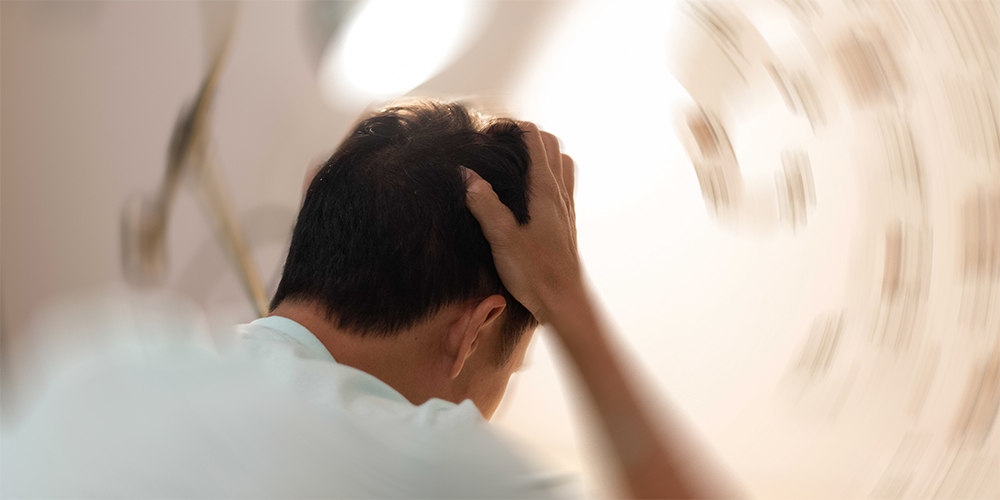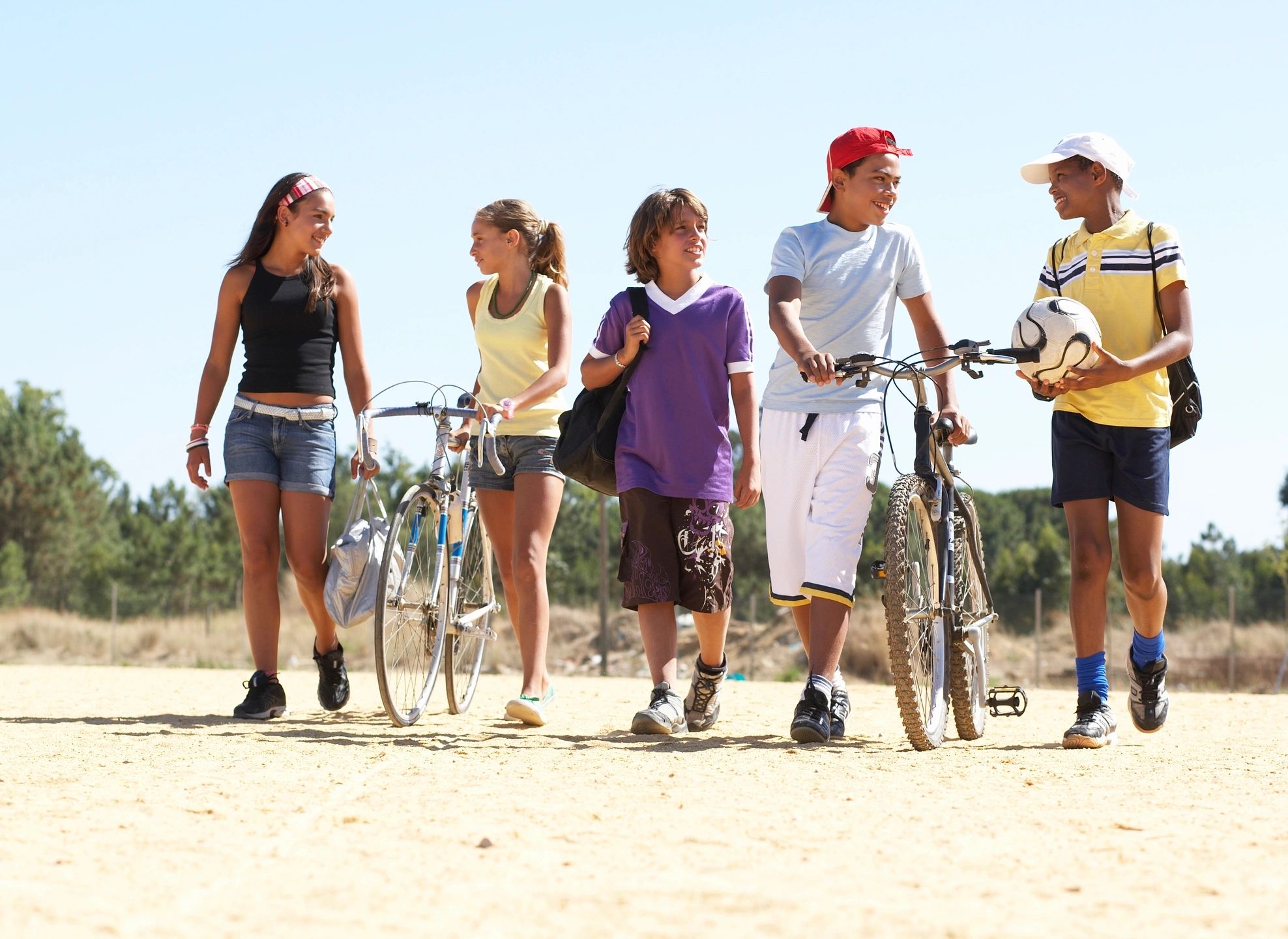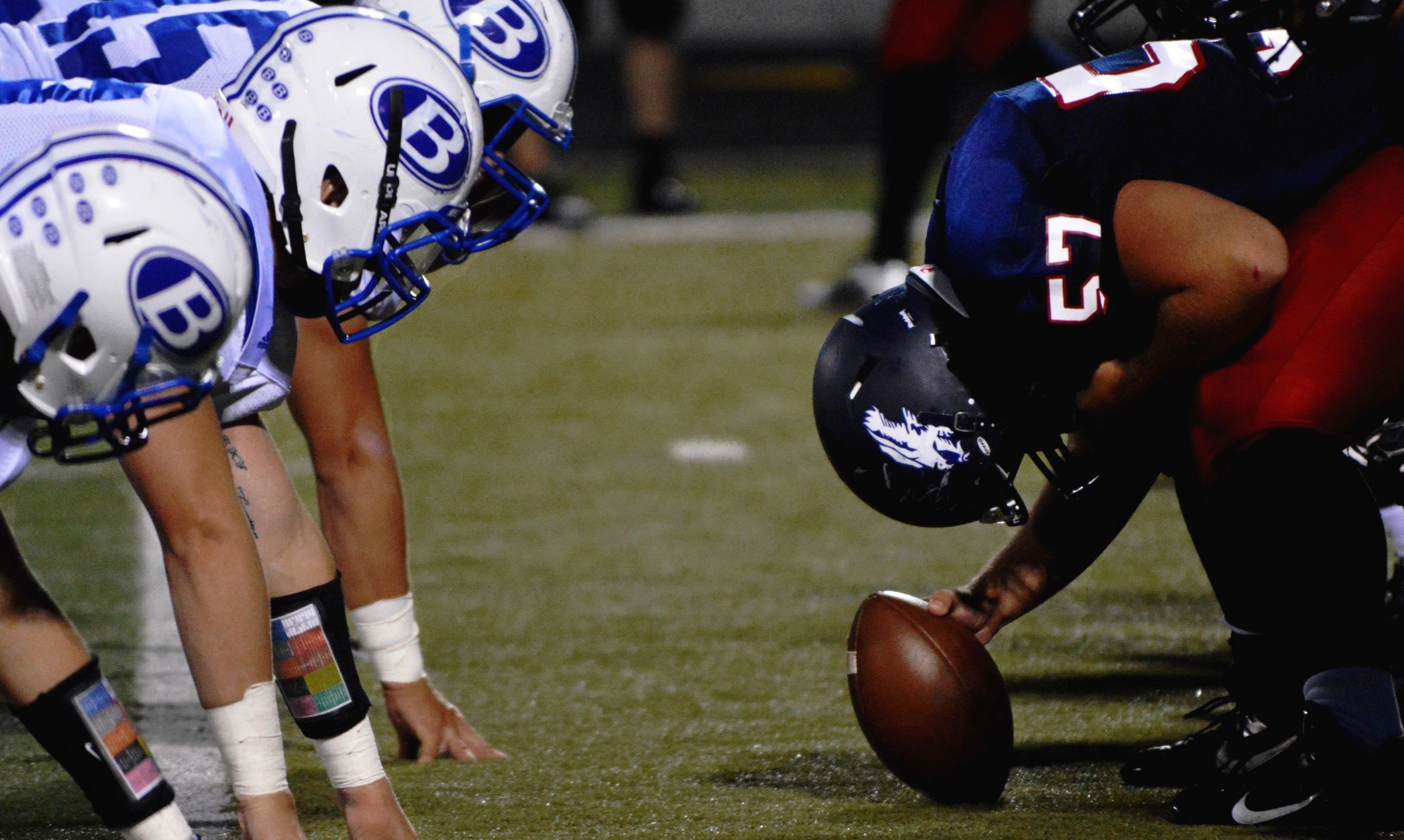#NPsychPick of the Month: Efficacy of an Intensive Exposure Intervention for Individuals With Persistent Concussion Symptoms Following Concussion: A Concurrent Multiple Baseline Single-Case Experimental Design Study
Efficacy of an Intensive Exposure Intervention for Individuals With Persistent Concussion Symptoms Following Concussion: A Concurrent Multiple Baseline Single-Case Experimental Design (SCED) Study.
King, Skye MSc; Stapert, Sven Z. PhD; Winkens, Ieke PhD; van der Naalt, Joukje PhD, MD; van Heugten, Caroline M. PhD; Rijkeboer, Marleen M. PhD
#NPsychPick of the Month
Abstract
Objective:
After a concussion, 1 in 3 patients report persistent symptoms and experience long-term consequences interfering with daily functioning, known as persistent concussion symptoms (PCS). Evidence suggests PCS is (partly) maintained by anxious thoughts about brain functioning, recovery, and experienced symptoms, leading to avoidance behaviors, which may prevent patients from meeting life demands. We aimed to investigate the efficacy of a newly developed intensive exposure intervention for individuals with PCS after concussion aimed to tackle avoidance behavior.
Setting:
Participants took part in the intervention at the Maastricht University faculty.
Participants:
Four participants who experienced PCS after concussion partook in the exploratory study. Participants’ age ranged between 20 and 32 (mean = 26.5, SD = 5.9) years, with an average length of time after the concussion of 9.8 months.
Design:
A concurrent multiple-baseline single-case design was conducted. The baseline period (A phase) length was randomly determined across participants (3, 4, 5, or 6 weeks). The exposure intervention (B phase) was conducted by psychologists over a 4-week period and consisted of 3 stages: exploration (2 sessions), active exposure (12 sessions conducted over 1 week), and 2 booster sessions.
Main Measures:
Participants answered daily questions on a visual analog scale related to symptom experience, satisfaction with daily functioning, and degree of avoidance of feared activities. Additional outcomes included symptom severity, catastrophizing, fear of mental activity, anxiety, depression, and societal participation.
Results:
Tau-U yielded significant effects (P < .05) for all participants on all measures when comparing baseline and intervention phases. The pooled standardized mean difference was high for all measures (symptom experience = 0.93, satisfaction of daily functioning = 1.86, and activity avoidance = −2.05).
Conclusions:
The results show efficacy of the newly developed intensive exposure treatment for PCS after concussion, which is based on the fear avoidance model. Replication in a larger heterogeneous sample is warranted and needed.






